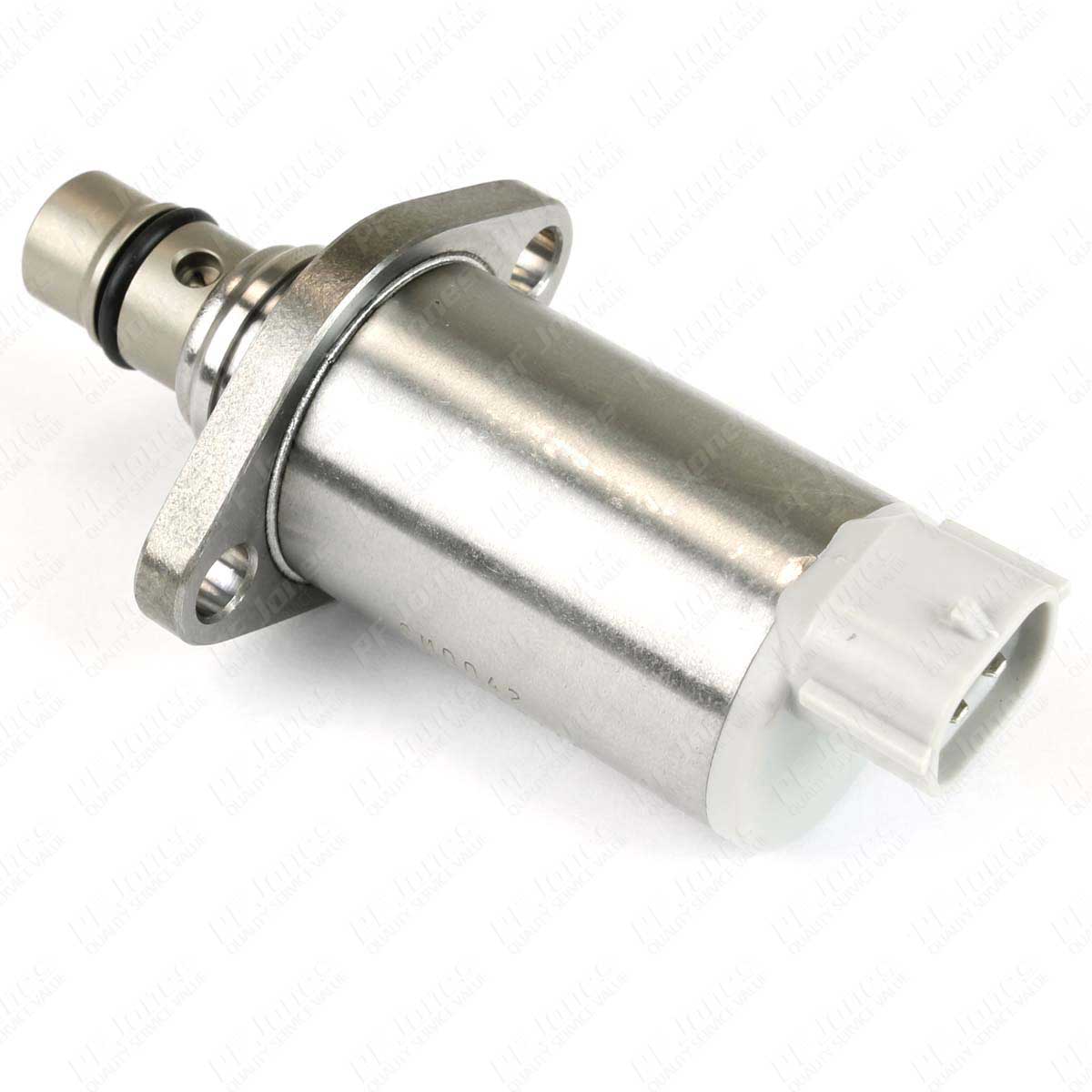Guaranteeing your automobile runs smoothly necessitates attention to different components, and one crucial part is the valve that controls suction. This often-overlooked component is essential in managing the fuel system's efficiency. Proper care of the suction control valve is key to avoiding issues such as low fuel economy, unstable engine function, and even expensive fixes down the line.
Understanding the role of the suction control valve is crucial for vehicle proprietors. It controls the volume of fuel sent to the engine, balancing performance and efficiency. By keeping this valve in great shape, you can help your vehicle achieve best performance. In this guide, we will discuss critical maintenance tips to ensure your suction control valve is regularly in top shape, allowing your vehicle to function as well as possible.
Grasping Fuel Regulation Valves
SCVs are essential in managing the amount of fuel delivered to your car's engine, notably in systems integrated with turbocharged systems. These valves are responsible for maintaining the correct vacuum levels in the intake manifold, ensuring efficient fuel-air ratio for burning. A properly working suction control valve contributes to better engine performance, fuel efficiency, and minimized emissions.
Over time, suction control valves can get obstructed or fail due to foreign particles in the fuel or deterioration from regular operation. When a suction control valve is malfunctioning, drivers may experience problems such as irregular idling, slow acceleration, or decreased fuel economy. Frequent service and inspection of this part can aid in spotting preliminary signs of malfunction, allowing for timely repairs and replacements.
Grasping how the SCV works with other engine components is crucial for efficient upkeep. By ensuring this valve in optimal condition, you also ensure smooth engine operation but also lengthen the service life of various parts. Routine inspections as part of your vehicle’s care plan will help ensure your engine running at its peak.
Indicators of a Malfunctioning Valve
One of the primary signs that your suction control valve may be malfunctioning is a noticeable decline in engine performance. You might experience lowered power while accelerating, or the engine could have trouble to maintain speed on hills. This reduction in performance can result from inadequate air and fuel mixture regulation that the valve is responsible for, impacting overall combustion efficiency.
Another indicator of a failing valve is irregular engine idle behavior. If you observe your engine hesitating or running unevenly when at a stop, this could indicate that the suction control valve is not functioning correctly. Fluctuations in idle speed can create a rough driving experience and suggest that the valve is struggling to maintain the proper vacuum levels.
Lastly, keep an eye out for indicator lights on your dashboard. If your vehicle's onboard diagnostic system identifies issues related to the suction control valve, it may trigger a check engine light. If you see this indicator, it's crucial to have the system diagnosed promptly, as overlooking it could lead to further issues in your vehicle's performance and fuel efficiency.
Care Guidelines for Peak Functionality
Routine inspection of the suction regulation mechanism is vital for maintaining peak functionality in your car. Check for any evidence of damage or issues that could impact the function of the valve's function. Watch for cracks, drips, or buildup of dirt and debris around the device area. Ensuring this element clear and working will prevent likely issues that might impair motor efficiency or energy efficiency.
It's also crucial to verify that the intake control mechanism is appropriately calibrated. Misalignment can result in erratic performance, causing inadequate gas delivery and abnormal motor response. If you observe any variations in your automobile's throttle response or output, it may be time to have the device inspected and serviced by a professional. Regular checks can help discover and correct these problems before they worsen.
Finally, reflect on changing the intake regulation valve as part of your vehicle's routine servicing. As time goes by, despite the best components can wear out, and replacing the component can help restore your car's effectiveness. Refer to your car's documentation for recommendations on how often this should be executed based on your driving circumstances and automobile utilization. Staying ahead with the care of your vacuum control valve will guarantee a better and more effective performance.

